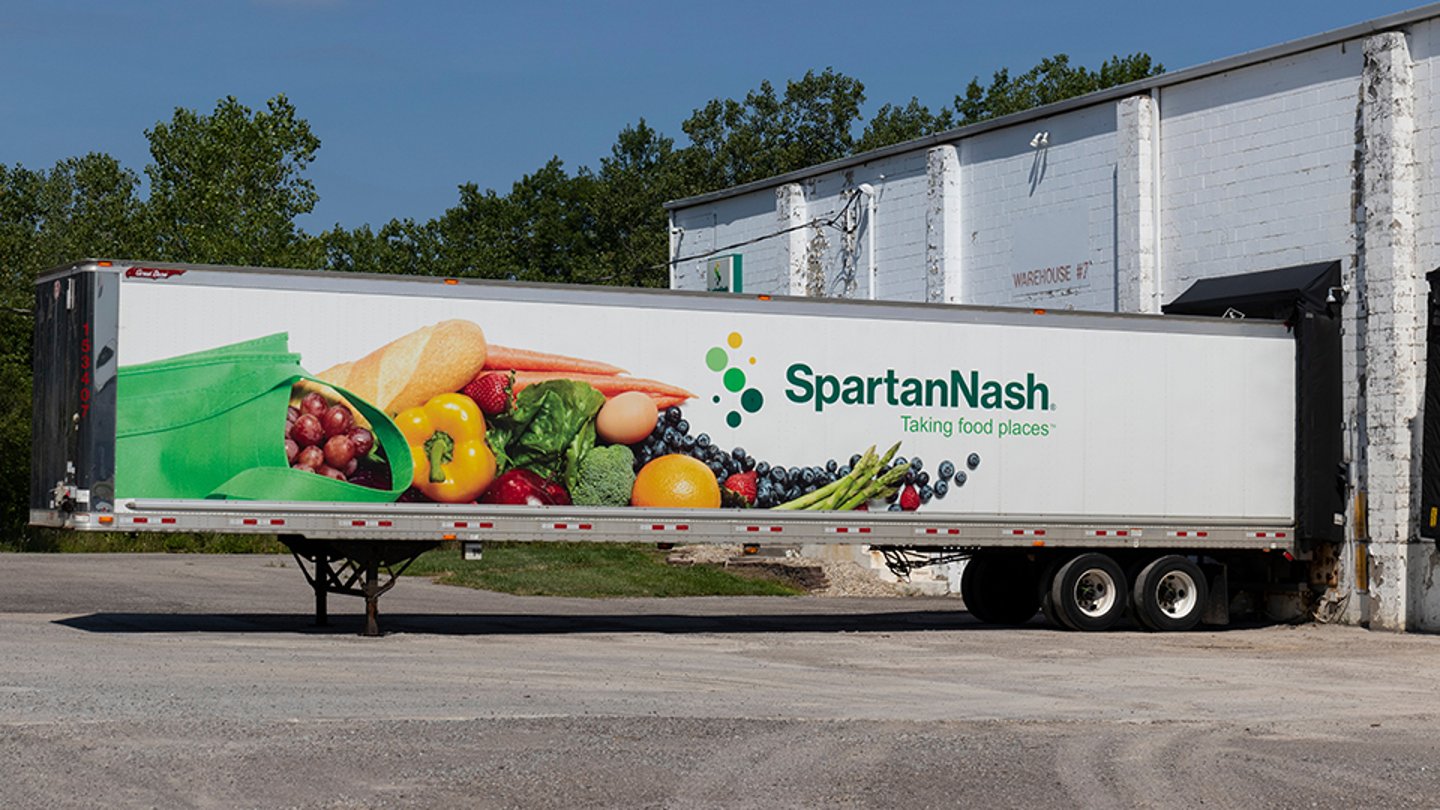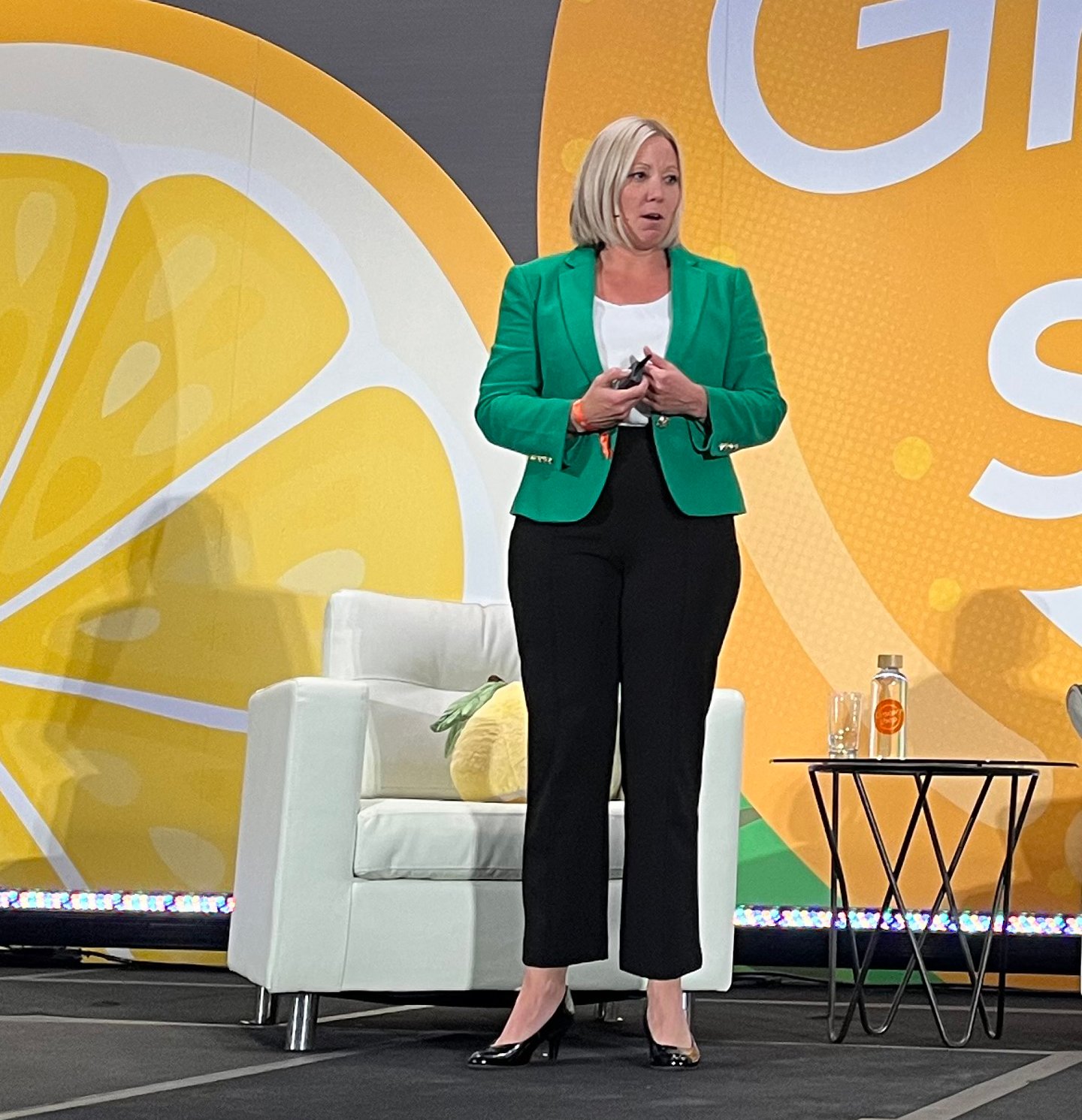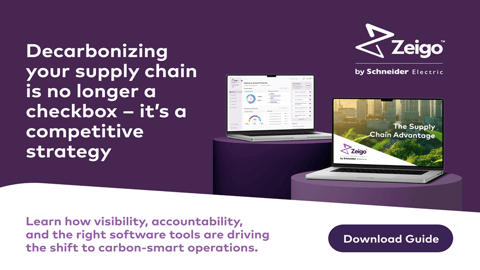How SpartanNash’s Retail-Wholesale Feedback Loop Elevates Customer Experiences
SpartanNash is building out its digital infrastructure and leaning into the power of insights for more personalized and effective customer experiences.
As both a food distributor and grocery retailer, SpartanNash faces a number of unique challenges and opportunities. The company, which does 71% of its business through wholesale and 29% through retail, is increasingly leveraging each side of the business to help inform the other.
“If we stay focused on meeting customer needs in unique and different ways, our businesses actually behave well together,” said Amy McClellan, EVP and chief customer officer, at Groceryshop in Las Vegas this week. “We’re working with our wholesale customers to predict demand so we can be in stock and available for the [consumer].”
Unified Insights
Like many CPGs and retailers, SpartanNash is building unified customer profiles for a more nuanced understanding of their shoppers. They’re bucketing them by recency, frequency, spend, and product mix purchased in stores — behavior that in turn rolls up into four “loyal” segments they can use to personalize messaging.
Within consumer loyalty, they’ve also created a new single, unified personalized offer process to engage with them more often about more relevant topics. In doing so, they’ve improved the sales-to-cost ratio by 50% in 2024 vs. last year.
A shopper engaged with SpartanNash’s loyalty program is visiting 1.8 times more often and spending 1.7 times more than a shopper who isn’t, according to McClellan. Primary shoppers who use their primary mobile app also spend more per trip: $12.94 more for two-person households, $19.30 more for three-person, and $28.91 for four-person.
Looking to stay connected to the consumer goods industry? Sign up for a new kind of insider access with CGT's texting community. Share your opinion, and send your questions right to Lisa Johnston for 1:1 conversations. Texts arrive twice a week. Learn more or sign up below.
“It’s really become a very important part of how we are strategically going to market,” she said. ”'I saved $1 so I’m going to spend $3 more in their store’ — it works every time. … If you let them save the dollar on something they already buy, there’s no reason for them to shop somewhere else for that deal.”
Unstructured data, including customer reviews, has also been extremely valuable to help better understand consumer perceptions of their own brands.
“We’ve had kids in the office and try the products and record [them] as they’re tasting it. You can really understand that sentiment when you’re using the unstructured data. It’s flexible. There are a lot of ways to enrich the business.”
Unified Demand
Looking ahead, SpartanNash is optimistic about the role of consumer insights to improve demand planning with their independent wholesale customers. “If we can help those independent customers better plan demand, we can better order, [have] better delivery, better fill rates, etc.”
She noted that linking up data from an independent wholesale customer is very different from their retail business, with notable supply chain differences.
“In our corporate retail business, we decide when to send a truck. We’re efficient. We're effective. When we're serving independent wholesale customers, they tell us when to show up. They expect a level of service that is different from how we serve our corporate retail stores.”
As part of this, they’re currently developing AI-enhanced customer service tools and platforms that will notify retailers if a delivery is going to be late.
“Any time we can inform those customers with more timely, relevant, accurate information, the more they will buy from us.”






